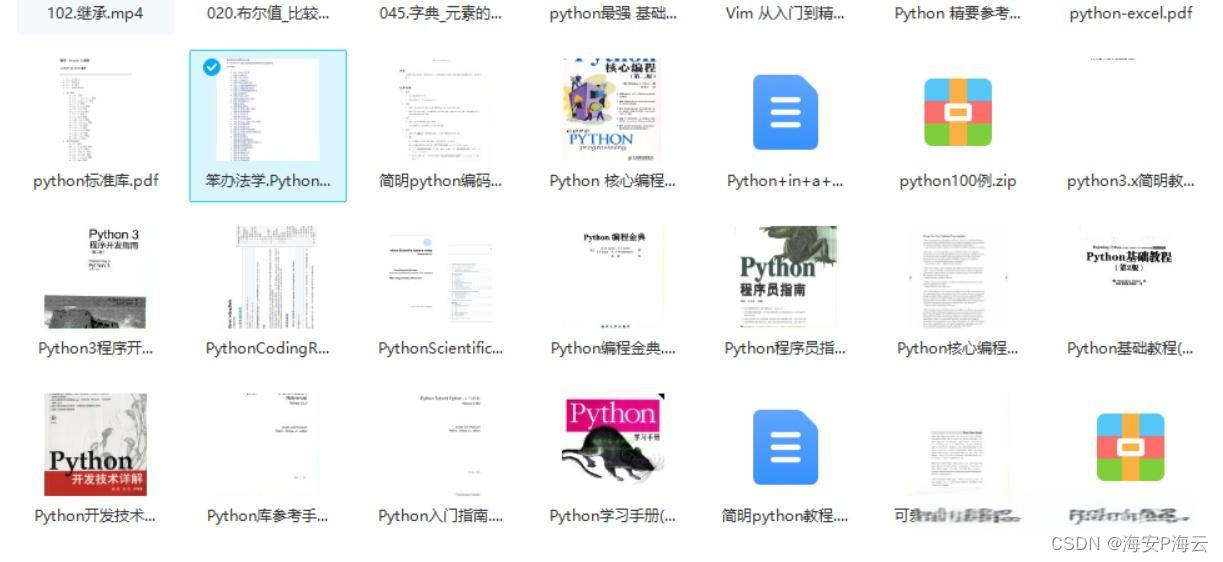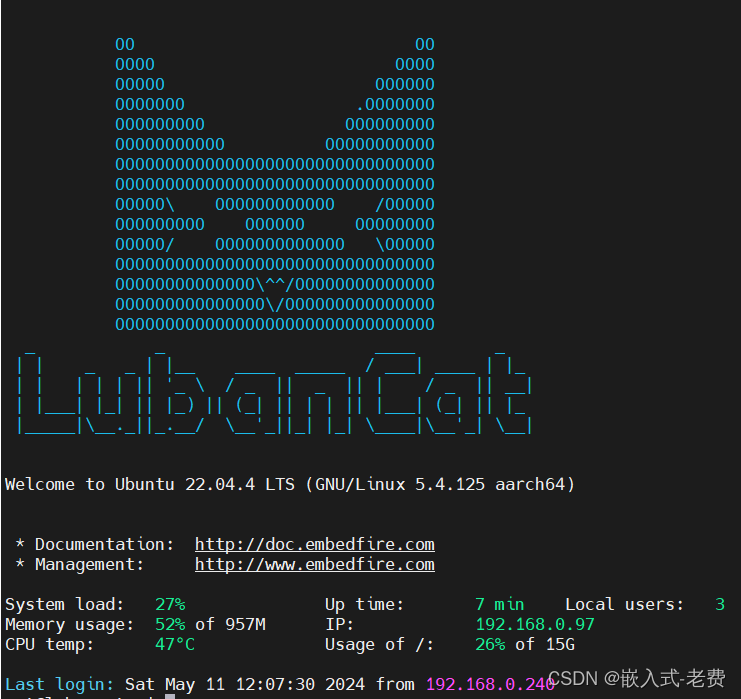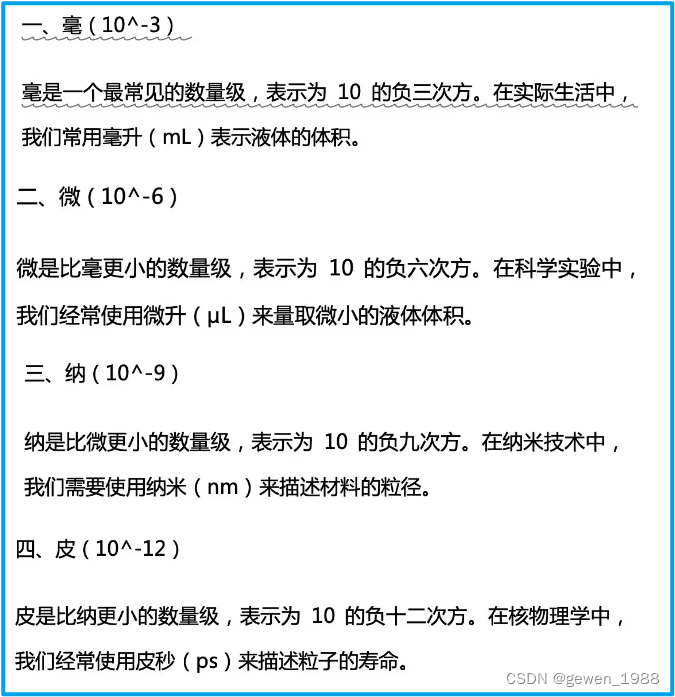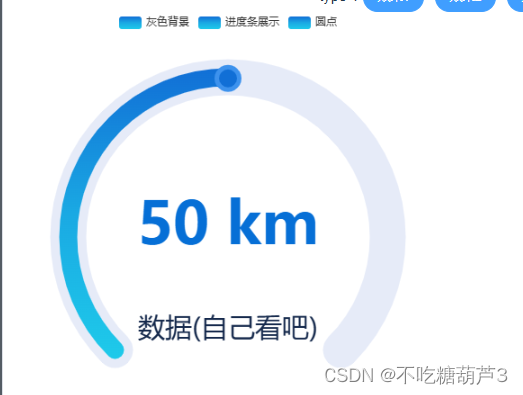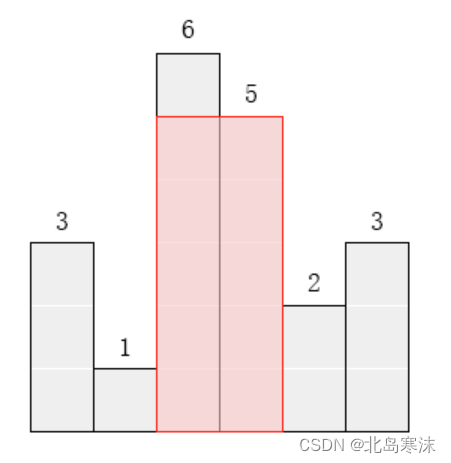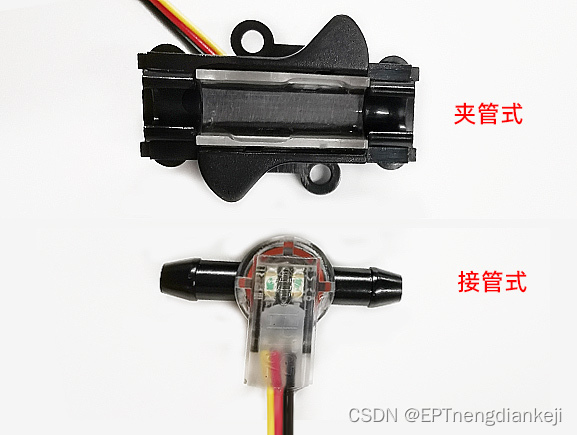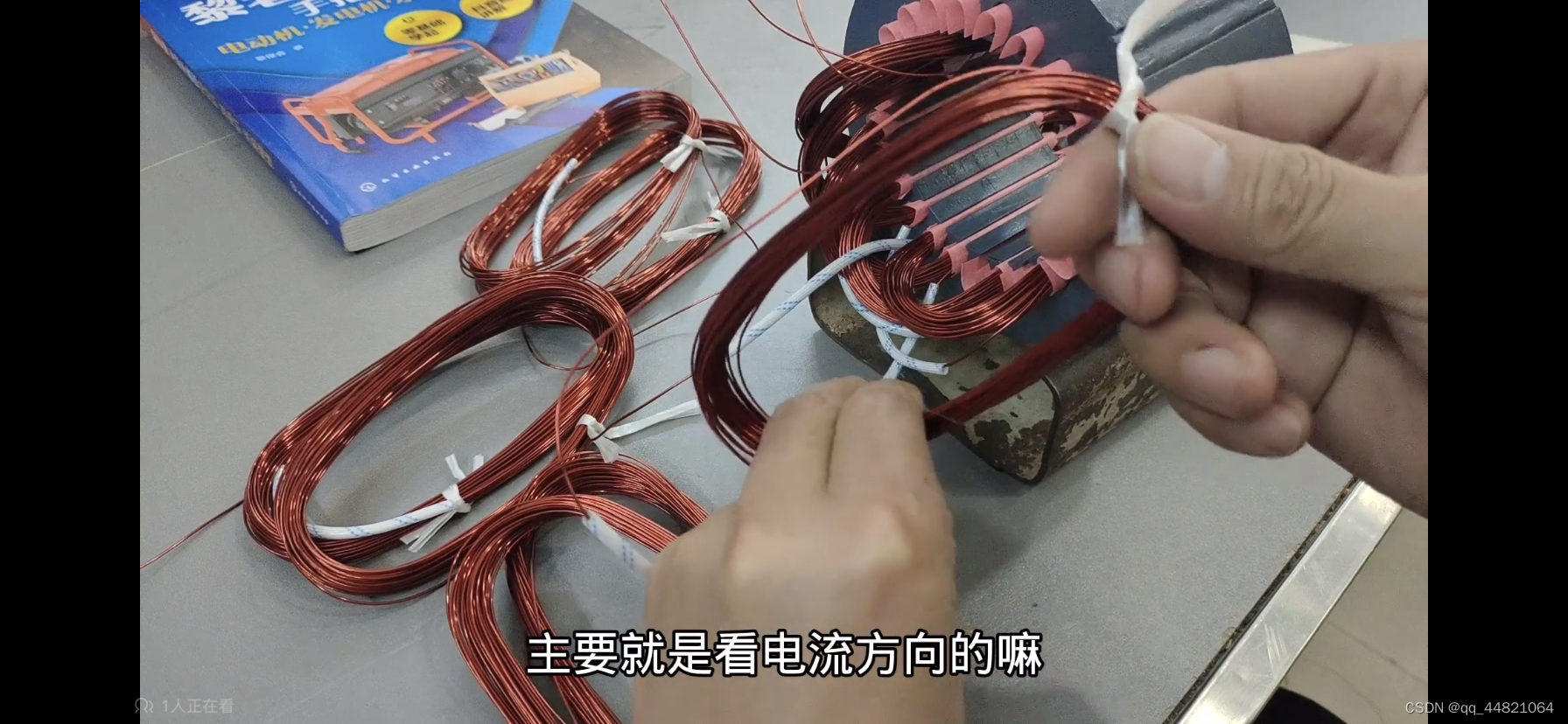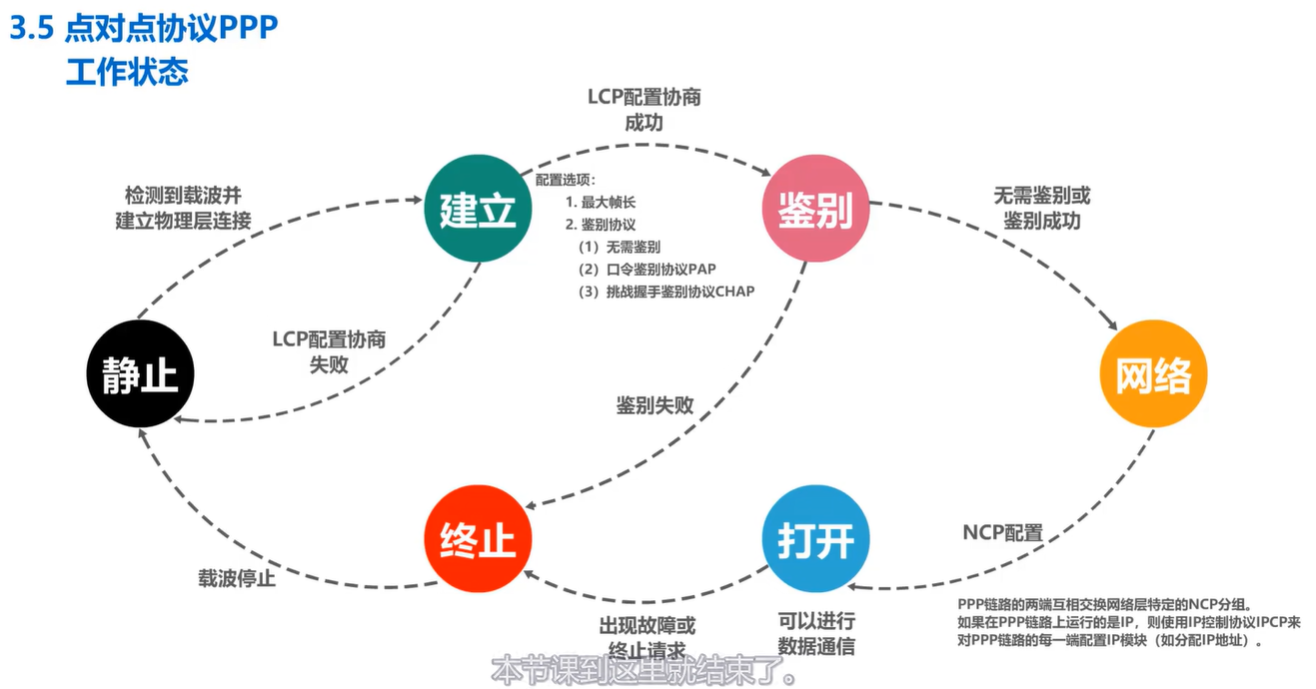在Vue 3中使用WebAssembly(WASM)的一个基本示例包括以下几个步骤:
1. 准备WebAssembly模块
首先,你需要一个WebAssembly模块。假设你已经有了一个编译好的.wasm文件,比如名为example.wasm。
2. 加载WebAssembly模块
在Vue 3组件中,你可以在setup函数中使用async函数来异步加载并实例化WebAssembly模块。这里是一个简单的示例:
<template>
<button @click="runWasmFunction">Run Wasm Function</button>
<p>{{ result }}</p>
</template>
<script>
import { ref, onMounted } from 'vue';
export default {
setup() {
const result = ref('');
async function loadWasm() {
// 假设wasm文件位于public目录下或通过正确的路径提供
const wasmUrl = new URL('example.wasm', import.meta.url);
const response = await fetch(wasmUrl);
const wasmModule = await WebAssembly.instantiateStreaming(response);
return wasmModule.instance;
}
async function runWasmFunction() {
const instance = await loadWasm();
const resultFromWasm = instance.exports.someFunction(); // 假设someFunction是WASM模块导出的函数
result.value = `Result from Wasm: ${resultFromWasm}`;
}
onMounted(() => {
// 初始化或预加载WASM模块
loadWasm().catch(console.error);
});
return {
result,
runWasmFunction,
};
},
};
</script>
解释
- 使用
fetch来异步获取.wasm文件。 WebAssembly.instantiateStreaming直接从流中实例化WebAssembly模块,这是最高效的加载方式。someFunction是假设存在于WASM模块中的一个函数,你需要根据实际情况替换它。onMounted钩子用于在组件挂载后预加载WASM模块,这样当用户点击按钮时,模块已经准备好立即使用。runWasmFunction函数在点击事件中调用,执行WASM模块中的函数并将结果展示在页面上。
请确保你的.wasm文件已经正确部署,并且可以通过指定的URL访问。此外,根据你的WASM模块实际功能和导出函数,代码中的具体实现细节(如参数传递和返回值处理)可能有所不同。

